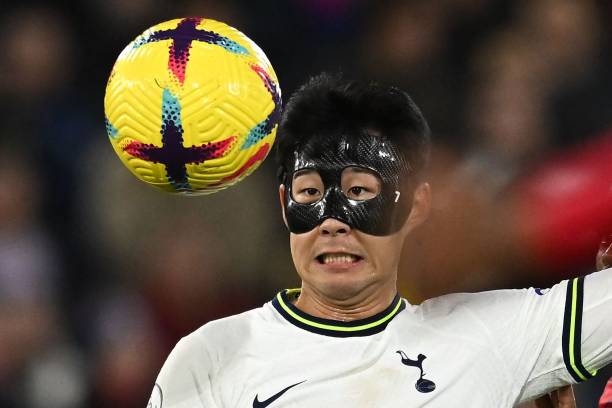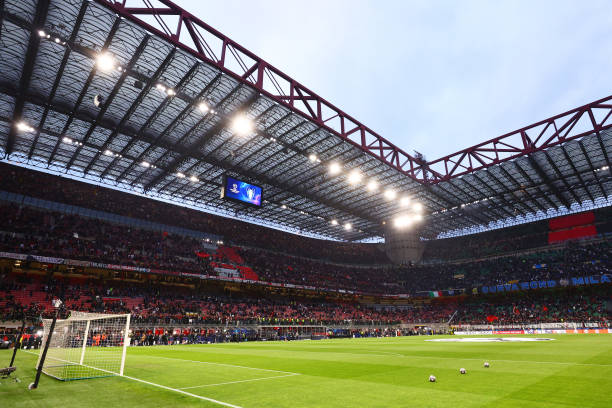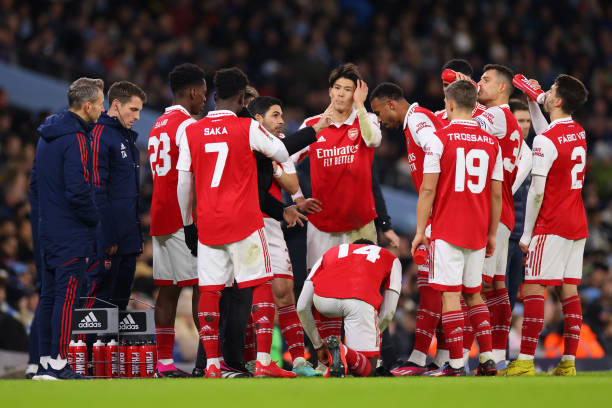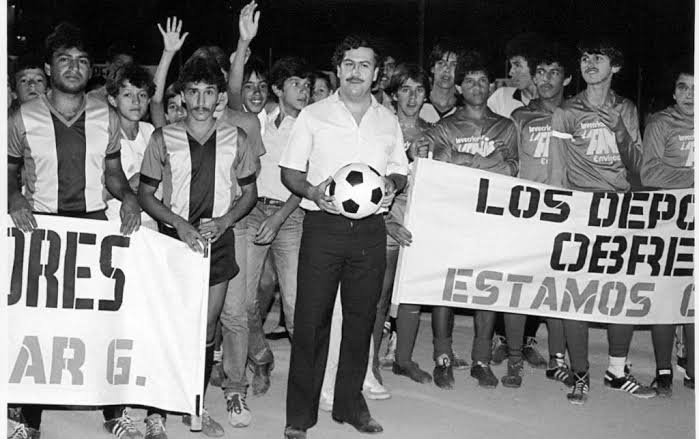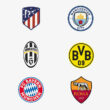Football, like any other sport, is highly competitive and physical. Apart from these attributes, the beautiful game also has its fair share of razzmatazz and showbiz value.
From jersey design to colored soccer boots as well as hairstyle/color of individual players, this had added extra fan interest and entertainment.
A specific item that has grown in popularity over the years is the mask. In recent times, it has become increasingly common to see soccer players donning masks during matches
Apart from serving as a functional protection for the face of a football player, the aesthetic elements of it have also been incorporated.
While soccer is a sport that traditionally emphasizes open-air play and face-to-face interaction, the emergence of masks on the field has raised questions and piqued curiosity among fans worldwide.
This article aims to shed light on the reasons why soccer players wear masks.
Face Guard or Protective Cover
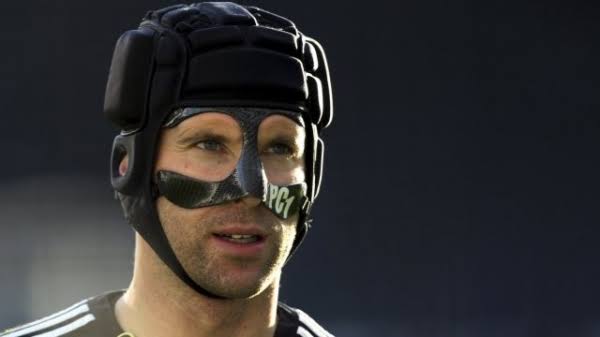
Football is a contact sport, so it’s not surprising for players to run into or tackle each other.
Unfortunately, due to the physical nature of the game, it has almost become an eventuality that players will get injured.
These injuries vary in severity and type, but the more serious ones can be facial types that involve fractured cheekbones or broken noses.
Many famous players over the years have had to wear this protective equipment.
Chelsea FC players like Petr Cech, John Terry, and Cesc Fabregas, to mention a few, have had to use it at one time or the other.
Post-Injury Protection
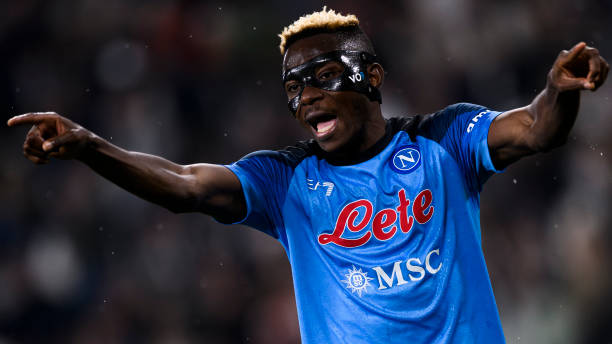
In some cases, soccer players may wear masks to protect facial injuries sustained during matches.
After recovering from such injuries, players usually wear a special facemask or guard during a match to avoid a re-occurrence of such an injury again.
These injuries can range from fractures to lacerations and often require additional support and protection during the healing process.
For example, despite being declared fit to play after a head injury, the Nigerian striker, Victor Osimhen, continues to wear a mask.
Osimhen suffered an eye socket injury during a Serie A match against Inter on November 22, 2021, which required surgery and a three-month recovery period.
Although he has fully healed, Osimhen chooses to wear the protective mask for an added sense of security during matches.
Medical Facemask

Another reason why soccer players wear masks is because of the COVID-19 virus.
To curb the spread of the virus, soccer players have been advised to wear masks during pre-match warm-ups, halftime intervals, and post-match interactions.
The football fraternity has been forced to adjust to the present times we live in, with football governing protocols adjusted to include mandatory facemask usage.
There have however, been a few instances of football teams taking to the pitch masked up.
A good example was when the players of Brazilian top league side Gremio took to the field in protest at their governments’ perceived lack of action dealing with the outbreak.
As it continues to look like the Corona virus will live with us well into next year it’s unlikely the football establishment will relax the mandatory face mask protocols.
Face Disguise/Costume
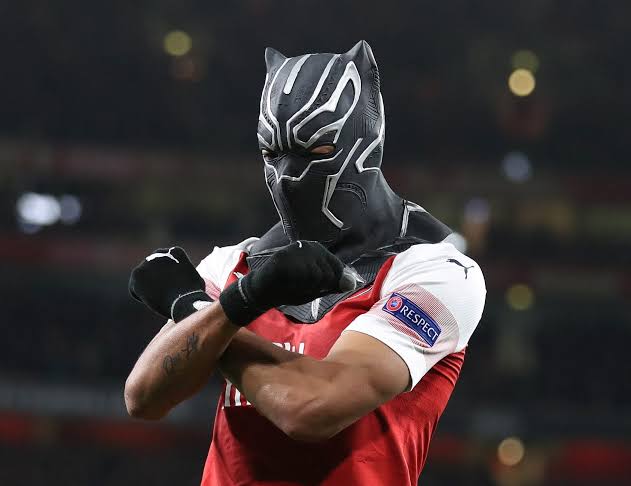
On a lighter note, a few footballers have been shown wearing costume masks, especially during celebrations after scoring a goal.
The most popular example is that of Arsenal FC’s Gabonese striker Pierre-Emerick Aubameyang who sometimes wears the mask of a fictional movie character Black Panther when celebrating a goal.
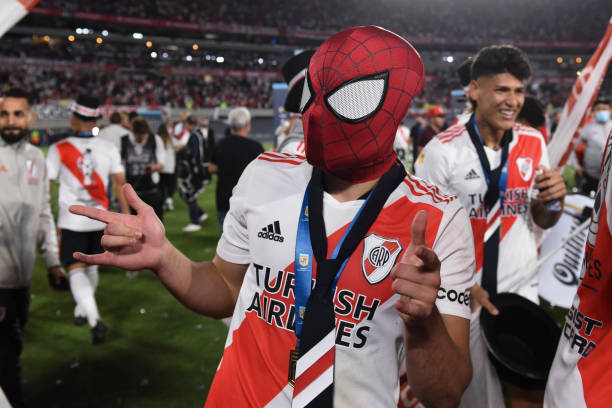
Another footballer who loves to wear costume masks is Argentinian striker, Julian Álvarez.
The World Cup winner earned the nickname “Spiderman” for his remarkable agility and speed. However, he also loves the famous character.
Conclusion
The sight of soccer players wearing masks has become a familiar occurrence. Some of the reasons why soccer players wear masks is to protect their faces from facial injuries, protect their health, or as a costume.


